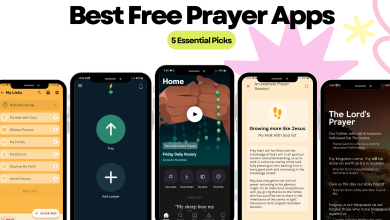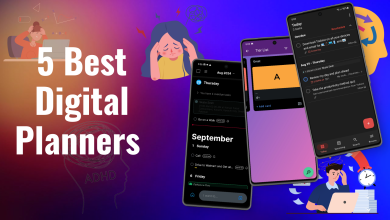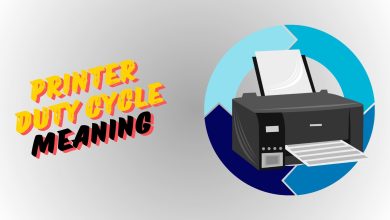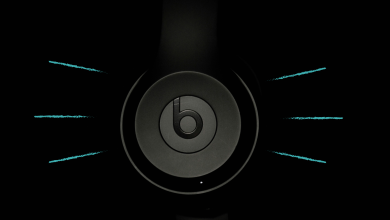How to Generate AI Images for Free Without MidJourney
In just a few years, generative AI, like ChatGPT, has come a long way, and now it’s applications are Companies are investing heavily in AI-based services, but one issue we’ll discuss today is image generation AI services, and how they aren’t really accessible to a wider audience, free of cost.
If you’re on the internet often, there’s a good chance, you might’ve heard of image generation services, like Midjourney and Lensa, but the problem here is that due to high demand and the idea of how business models work, these services come at a cost. For instance, you may find yourself in a situation where you need a professional photo of yourself, but don’t want to go for a full-fledge photoshoot.
Most available AI tools won’t let you create images of yourself for free, especially now that services like Midiourney have stopped offering free trials.
Fortunately, there’s a solution, but for that to work, it requires a bit more manual effort. It essentially does the same thing as Midjourney, but take a bit more time.
A while ago, YouTuber Abhishek Thakur shared a video on his channel, showcasing how to generate AI images (he used his dog as an example) using Google Colab, completely free, using various prompts to manipulate the images as per his liking.
He basically fine-tuned the Stable Diffusion XL 1.0 text-to-image model with custom input images to meet specific requirements. While the process, in the video might seem time-consuming and a tad complex for the average user, there’s a pre-made Google Colab template available to simplify the task.
Follow the steps down below to generate your own AI generated image.
- Open the provided link.
- On the left side, create a new folder named “images.”
- Upload five of your images into this folder.
- Rename the project and describe the images in the prompt.
- Locate ‘Runtime’ on the top bar, hover over it, and click “Run all.” Then, patiently wait for about an hour or so (During this time, auto-train downloads all the required libraries and language models for you)
- With the keyword you used earlier, prompt the model to generate an image.
The issue with this would be to regularly check the status of execution (step 5), since if the code is executed and you don’t proceed, the session will automatically timeout in 30min, and you’ll have to repeat the process all over again.
This is all we know for now, but rest assured that we will keep you updated as new information becomes available.





